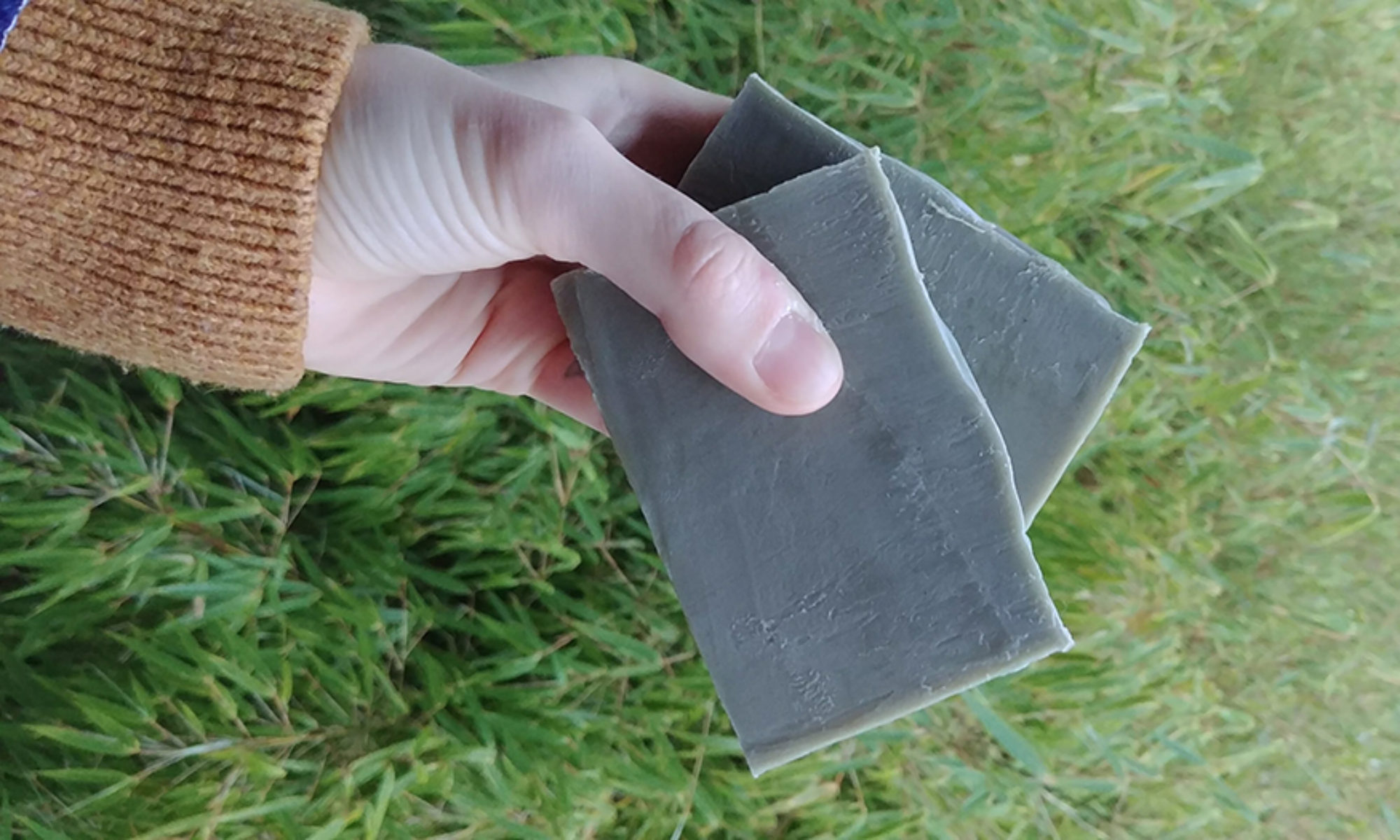Across all schools of ballet, there are five base foot/leg positions that you will return to again and again at the start and end of most every movement. These are numbered first through fifth positions, and you’ll likely recognize them right away within the plié exercise done at the start of most any ballet class.
Here they are at a glance:
A word on turnout:
Note that all five of these base positions in ballet are “turned out” – i.e. with the hip joints in external rotation, knees and toes pointing away from the centre line.
You will see many experienced and professional dancers with so-called “180 degree turnout” – i.e. where their hips are so externally rotated in first position that their feet form one straight line from end to end. This is often seen as a desirable technical achievement, and it is true that with training your turnout will increase. BUT there is also a tendency for student dancers to unsafely force their turnout, often by rotating at the knee and pronating and everting at the ankle, allowing the feet to roll inward. This will result in injury down the line, as well as poor technique!
Without going too much into it – your turnout should be at a comfortable angle from the centre line, and should be initiated at the top of the leg, not by cranking the toes outward. While dancing, turnout is maintained by activating the intrinsic muscls in the hip joint without overdoing it with the big prime movers in the area – without squeezing your bum super hard, try to get the backs of your thighs right under the curve of your bum to pull in toward each other!
**
Safety disclamer aside, here is a closer look at each position:
First Position
Heels are together, unless your knees hyperextend quite a bit and cause your lower legs to bow away from each other when turned out. Make every effort to squeeze your legs tightly together along their entire length!
Second Position
Heels are typically hip- or shoulder-width apart. Inner thighs are still active – it should feel like they’re trying to pull in toward each other.
Third, Fourth, and Fifth position can be taken with either leg in front!
Third Position
Heel of front foot touches at about the midpoint of the back foot. In all crossed positions (3rd, 4th, 5th) be mindful of whether your knees are still stretched and pulled up!
Fourth Position
The distance between your two feet is typically roughly 1-1.5 times the length of one of your feet.
Fifth Position
Similar to third position, but more crossed, with the front foot’s heel touching the back foot’s toe.
**
Is there a significant difference between third and fifth position?
You will almost never see a deliberate 3rd position in a professional setting, but for the purposes of training, it is an excellent transition to 5th position.
You might notice that in my Back to Ballet classes I typically teach in 3rd, and give experienced dancers the option to use 5th. As your technique improves and you are more able to maintain your turnout, straight legs, and posture, you will have no problem transitioning to 5th. However, early on, 5th position opens you up to potentially bent knees, over-crossed jump landings, and backward hip sway, which might hinder your overall technical progress!
**
In all positions:
- quads (front of thigh) are actively pulling your kneecaps up (see the frowny knees in the images above!)
- both hips are facing directly forward
- turnout muscles are working
In addition, your weight should be evenly centered between the feet. This is particularly difficult in 4th position. Try this:
- Take 4th position with your Right leg front
- At the outset, chances are your weight is more toward your back (Left) foot. Shift your weight forward to centre it.
- Now consider your hips. Is your Left hip further back than your Right so that the line between your hips is no longer perpendicular to your line of sight?
- Adjust your Left hip forward carefully
- You can use your fingers to press into and locate your hip bones to get a better sense of their alignment
- How is your Left knee? It might be twisted uncomfortably after the hip adjustment, so reduce the amount of turnout to protect your knees (slide your left toes forward a bit, “closing” them inward slightly). When you plié (bend), your knees should track pretty closely over your toes.
- Are you still making an effort to squeeze underneath your bum as described above? This is the squeeze that will maintain your turnout and pull your knees away from the centre line when you plié (bend).

ALWAYS consider whether you are able to maintain the amount of turnout you have in any position – especially an open one where you have less of a sense of your limits. Turnout is never passive; it is always hard work at the top of the thigh.
And that’s that! Five core positions we build everything else on top of, and that are constant across the world. In upcoming posts I’ll get to arm positions (fun and confusing since the names are different across various schools! yikes), start to dissect specific core movements we do every class, and will hopefully reprise a chat on turnout anatomy, safety, and conditioning!





